Aerial photography pioneer George R. Lawrence did the impossible with kite-powered camera “drone”
posted Tuesday, June 25, 2013 at 10:06 AM EST
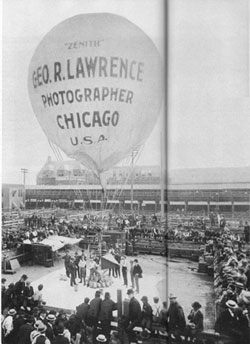
His company's motto was "the hitherto impossible in photography is our specialty," and it lived up to the billing. A pioneer in aerial photography, George R. Lawrence captured stunning panoramic aerials of San Francisco, Chicago, New York and other great American cities. And he did it at time -- the turn of the century -- when photography itself was still new to many people.
Lawrence's most famous image is an aerial shot of a burned down San Francisco following the devastating 1906 earthquake. He is said to have made $15,000 from the sales on that photo alone, which would be equivalent to about $375,000 today. (The image is below and you can see a larger version of it here.)
How'd Lawrence do it? After disaster struck while capturing aerial photos from a balloon -- the basket separated from the balloon plunging Lawrence 200 feet down where telephone wires broke his fall -- he decided to automate the aerial photography process. The result of that misfortune was, perhaps, his greatest creation: the Lawrence Captive Airship.
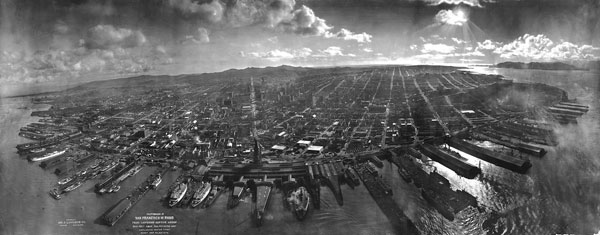
This early aerial "drone" consisted of a train of 17 kites attached to a piano wire cable that suspended a camera mounted on a stabilizing mechanism.
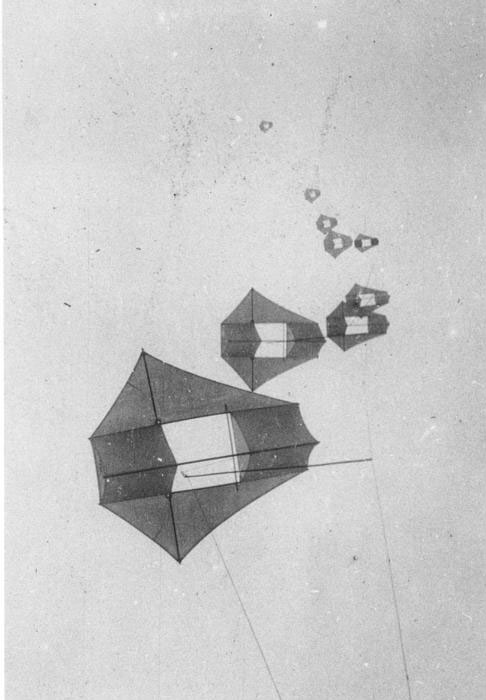
Unfortunately, there are only a few images of the Lawrence Captive Airship, and most of them don't show a complete picture of the device. You can see more shots and read a wellspring of information about George R. Lawrence here.
Here's a photo of Lawrence's original panoramic camera used in the Lawrence Captive Airship. In 2006, this photographer created a full-size replica of the camera and shot aerial panoramas with it from a helicopter.
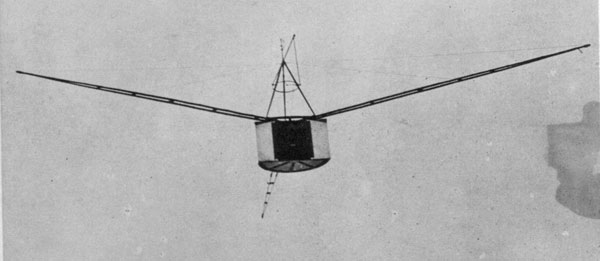
The Lawrence Captive Airship was only one of Lawrence's photo gear creations. He also built what was, at the time, the largest camera ever constructed: a 1,400-pound behemoth that needed 15 people to operate it and produced photos that were eight feet wide by 4.5 feet high.
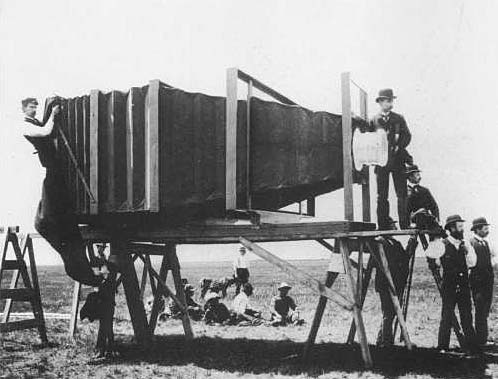
What strikes me most about Lawrence's aftermath photo of the San Francisco earthquake is how much it resembles an aerial photo of New York City by Iwan Baan that quickly became an iconic image of the devastation of Hurricane Sandy. The difference, of course, is that Baan shot his photo from a helicopter.
You can see more of Lawrence's early aerial photos here.
(Via Kottke)